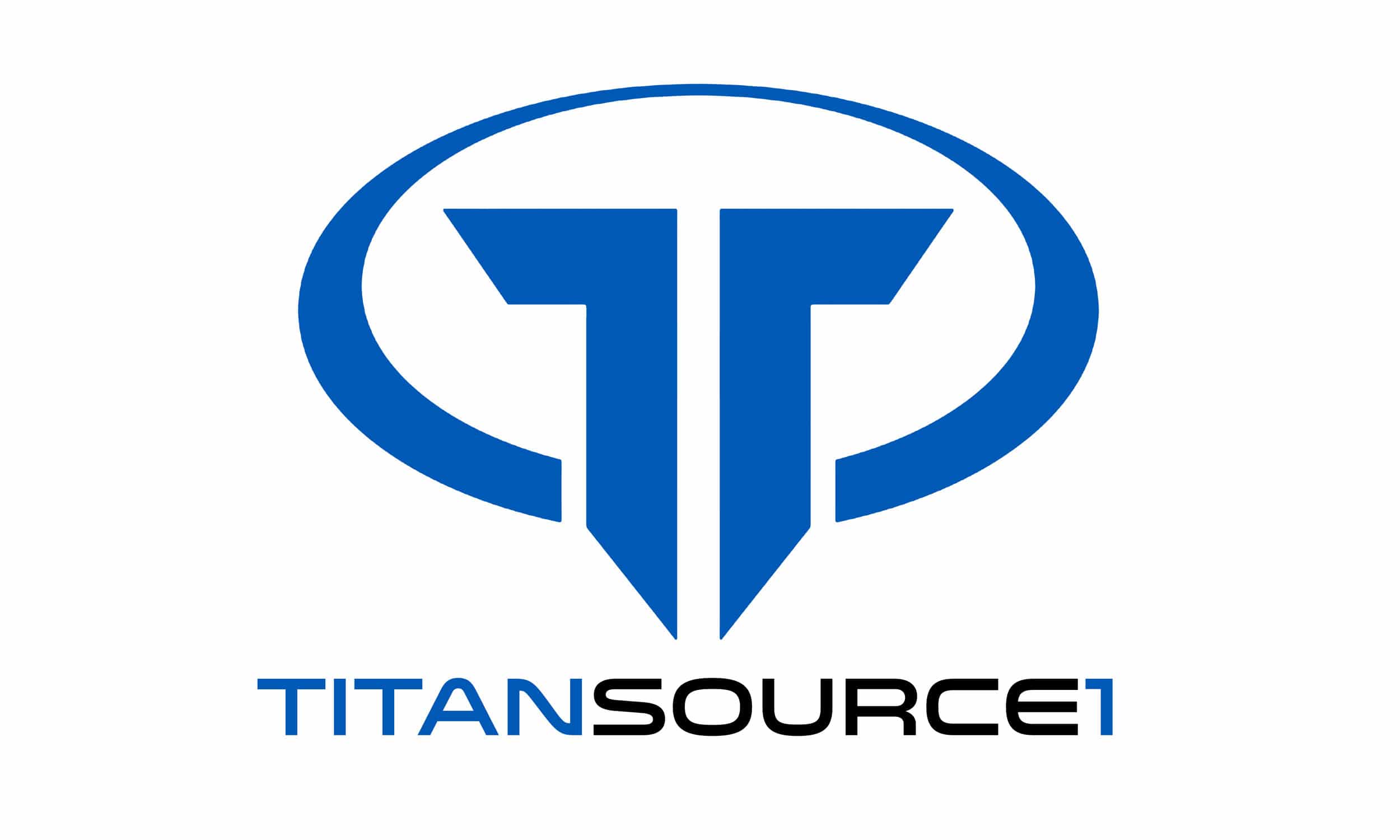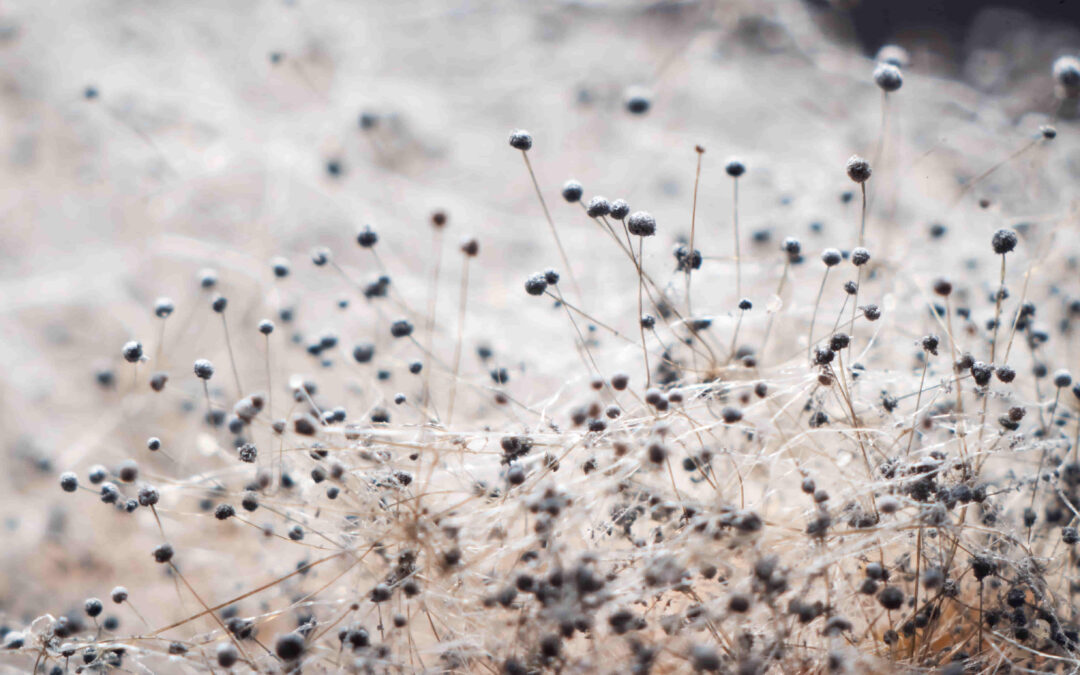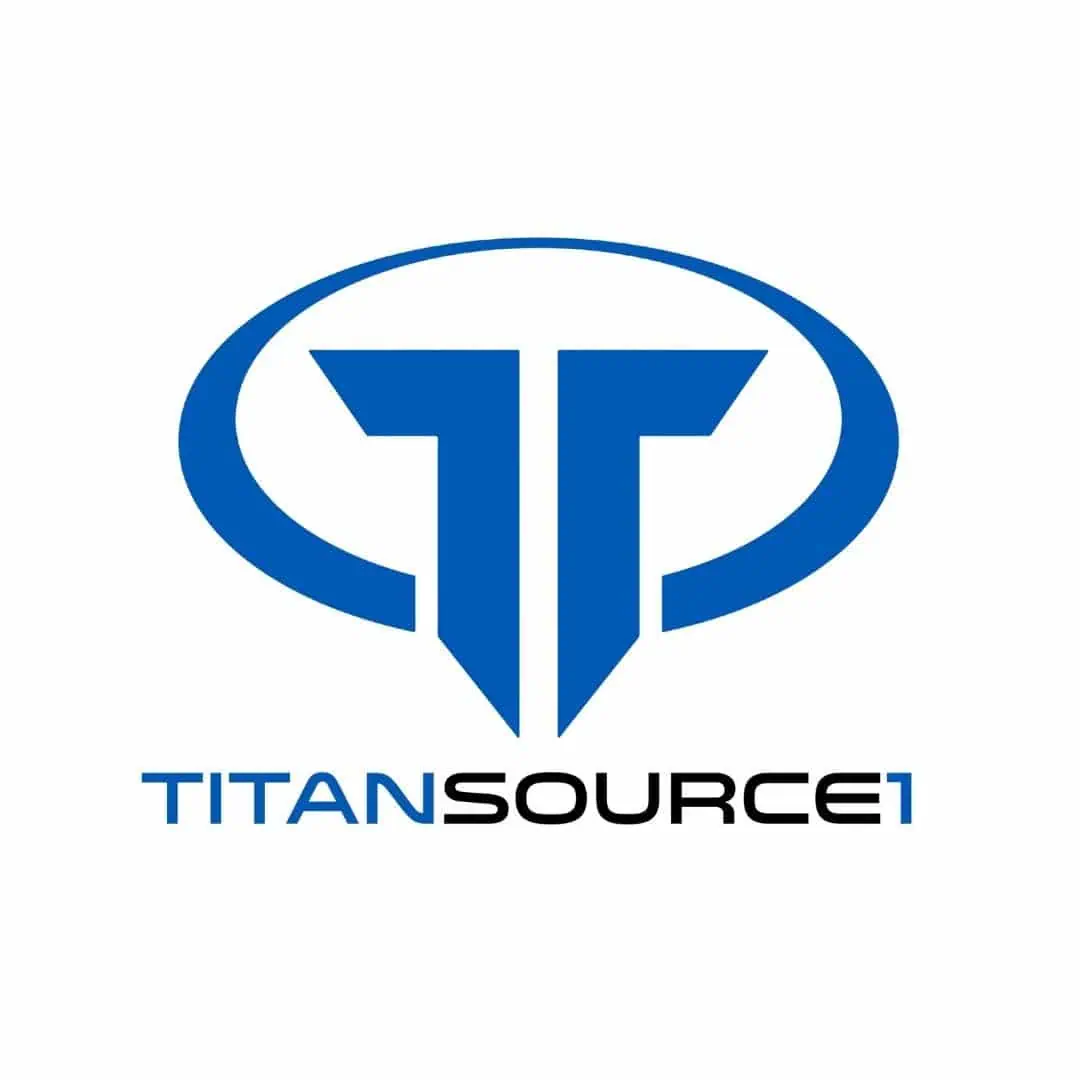Today, we’re diving into a topic that may be silently wreaking havoc on your health and your home – mold! Yes, that pesky, sneaky invader that loves to hide in damp corners and surprise us when we least expect it. Mold might seem harmless at first glance, but it can have some serious adverse effects on your well-being. So, let’s pull back the curtain on this hidden danger and explore how mold can wreak havoc on your health.
Understanding Mold: What is it and Where does it Thrive?
Before we get into the health stuff, let’s get to know our uninvited guest – mold. Mold is a type of fungus that thrives in warm, damp environments, making it a common household intruder. It reproduces by releasing tiny spores into the air, seeking new places to grow and flourish. You’ll often find it lurking in places like bathrooms, basements, and areas with water leaks or high humidity.
The Health Hazards of Mold Exposure
Now, let’s talk about the big issue – how mold affects your health. When mold spores become airborne, they can infiltrate your indoor air, turning your living space into an unhealthy breathing zone. These little troublemakers release mycotoxins, which are volatile organic compounds that can wreak havoc on your respiratory system, among other things.
Mold and Respiratory Health
If you’ve ever experienced sneezing fits, coughing spells, or shortness of breath, mold could be the culprit behind these unwelcome visitors. For people with asthma or allergies, mold can be a real menace, triggering flare-ups and exacerbating their conditions. Studies have shown that individuals exposed to mold are at a higher risk of developing respiratory issues.
Allergic Reactions to Mold
Ah, allergies – the bane of many people’s existence. Well, guess what? Mold can add to your allergy woes too. When mold spores get into your respiratory system, your immune system might go into hyperdrive, mistaking them for harmful invaders. This triggers an allergic response, leading to classic allergy symptoms like sneezing, itching, and skin rashes.
Mold-Related Infections and Immunological Impact
Now, here’s where it gets even scarier – mold can actually lead to infections in some cases. For individuals with weakened immune systems, mold can pose a serious risk. Those with chronic health conditions, such as HIV/AIDS or certain autoimmune disorders, need to be extra cautious around mold. Prolonged exposure can compromise the immune system’s ability to fend off infections.
The Hidden Dangers: Long-term Mold Exposure
Imagine a scenario where mold has taken up residence in your home, silently releasing spores day in and day out. Over time, the continuous exposure can lead to chronic health problems. Research has shown that long-term mold exposure can contribute to respiratory conditions, such as bronchitis and chronic sinusitis. It’s like having an unwelcome roommate that’s secretly making you sick.
Vulnerable Populations: Protecting Children and the Elderly
When it comes to mold’s effects, some folks are more susceptible than others. Children and the elderly, in particular, are at greater risk. Children’s immune systems are still developing, making them more vulnerable to mold-related health issues. Meanwhile, the elderly might have weakened immune systems, leaving them less equipped to fight off mold-related infections. So, if you’ve got young ones or seniors at home, it’s crucial to take mold prevention seriously.
Taking Action: Mold Prevention and Remediation
Now that we know the health hazards, let’s take charge and show mold who’s boss! Prevention is the key to keeping mold at bay. Here are some handy tips to prevent mold growth in your home:
- Keep indoor humidity levels low – ideally between 30-50%.
- Fix leaks and drips promptly.
- Use exhaust fans in bathrooms and kitchens to vent out moisture.
- Make sure your home is well-ventilated to promote air circulation.
When it comes to remediation, don’t be shy to seek help from the pros. If you spot mold growth, it’s essential to tackle it promptly and effectively. Professional mold remediation services can ensure thorough removal, reducing the risk of recurrence.TITANSOURCE1 is dedicated to creating innovative technologies that are energy efficient and safe for the environment.
Mold is difficult to kill without having it grow right back. TS MoldBuster™ kills the mold without regrowth. It’s easy to apply, has minimal PPE, and contains no bleach, ammonia, or volatile organic compounds (VOCs). TS MoldBuster™ is a non-toxic, non-hazardous liquid. It gets to the root of the mold, killing everything, so there is no regrowth.
Mold may be sneaky, but with knowledge and action, we can protect ourselves and our loved ones from its harmful effects. So, keep an eye out for signs of mold, take preventive measures, and don’t hesitate to call in the experts when needed. The Titan team brings passion combined with experience to solve environmental problems with non-hazardous products that protect our planet and prevent people from harm.
Remember, a healthy home is a happy home!
[Sources]
- Centers for Disease Control and Prevention (CDC): https://www.cdc.gov/mold/faqs.htm
- U.S. Environmental Protection Agency (EPA): https://www.epa.gov/mold
- National Institute of Environmental Health Sciences (NIEHS): https://www.niehs.nih.gov/health/topics/agents/mold/index.cfm
- American Academy of Allergy, Asthma & Immunology: https://www.aaaai.org/conditions-and-treatments/library/allergy-library/mold-allergy
Titan Source 1 is a leading environmental consulting company specializing in innovative solutions for environmental waste cleanup. Our cutting-edge products and expert services are designed to protect and restore natural ecosystems. With a commitment to sustainability and excellence, Titan Source 1 provides tailored strategies to address diverse environmental challenges. Partner with us to achieve a cleaner, safer, and healthier planet for future generations.


